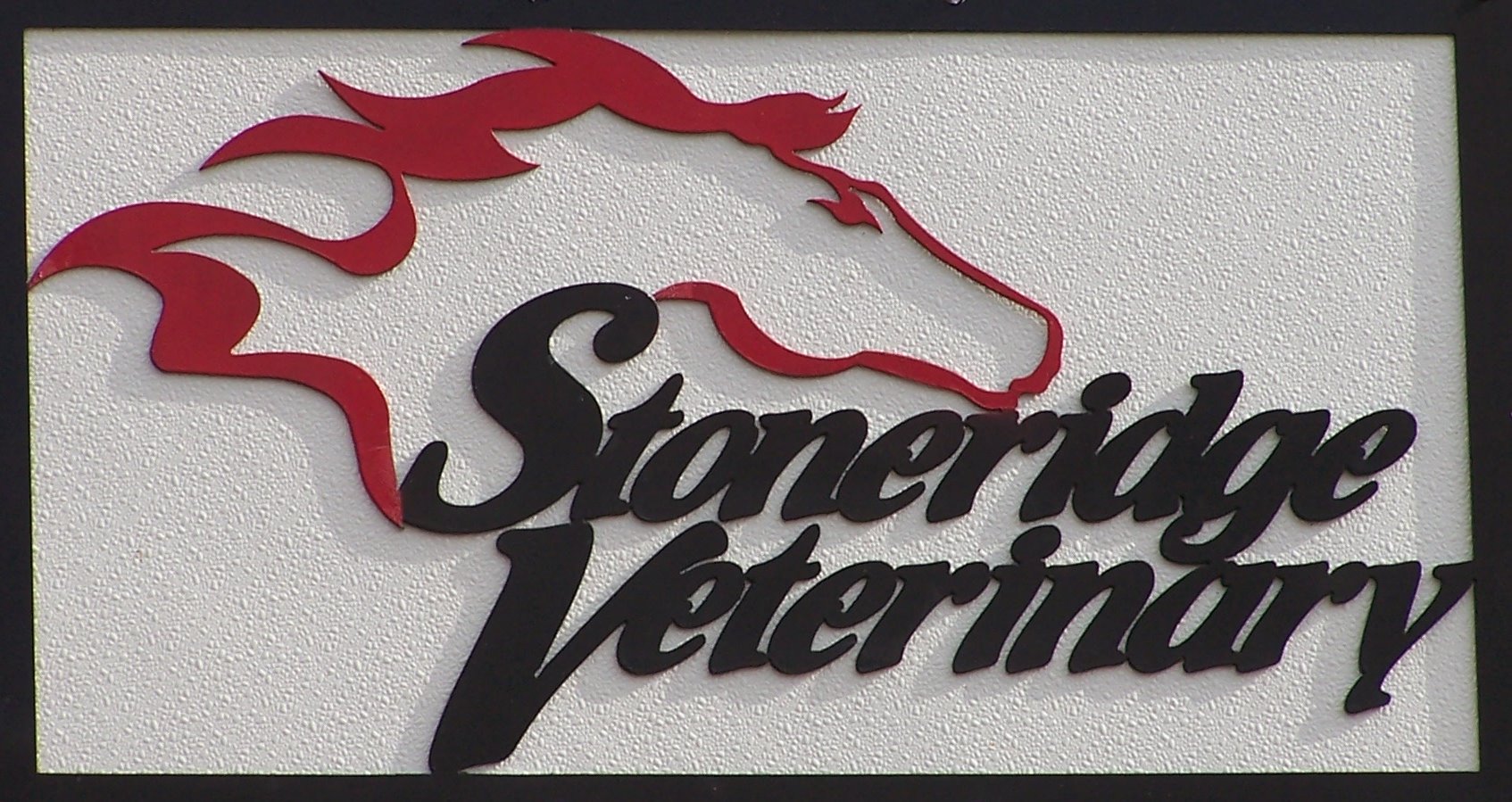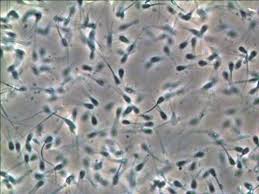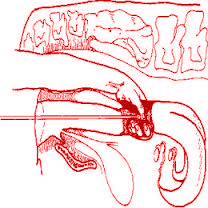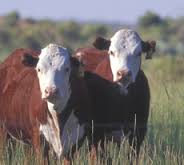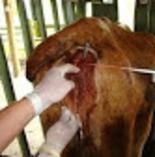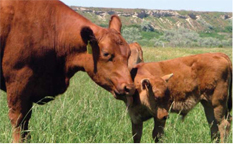Dr. Stacy B. Smitherman
Member of: AETA, AQHA, AVMA, APHA,
Certified EIA Coggins Lab & USDA Health Inspections
Licensed in Texas & Oklahoma
Texas A & M Graduate
Open weekdays 8 AM-5 PM
903-536-2673
8290 FM 3178
Centerville, TX 75833
Established 2006
Artificial insemination is the technique in which semen with living sperms is collected from the male and introduced into female reproductive tract at proper time with the help of instruments. This has been found to result in a normal offspring. In this process, the semen is inseminated into the female by placing a portion of it either in a collected or diluted form into the cervix or uterus by mechanical methods at the proper time and under most hygienic conditions. The first scientific research in artificial insemination of domestic animals was performed on dogs in 1780 by the Italian scientist, Lazanno Spalbanzani. His experiments proved that the fertilizing power reside in the spermatozoa and not in the liquid portion of semen. Few further studies under research station conditions helped this technique to be used commercially allover the world including India.
Artificial insemination is not merely a novel method of bringing about impregnation in females. Instead, it is a powerful tool mostly employed for livestock improvement. In artificial insemination the germplasm of the bulls of superior quality can be effectively utilized with the least regard for their location in far away places. By adoption of artificial insemination, there would be considerable reduction in both genital and non-genital diseases in the farm stock.
Bovine Vaccinations
Vaccination programs for cow herds are designed to protect animals in the herd against disease caused by infectious organisms, such as viruses or bacteria. Vaccines contain killed or modified live organisms which do not cause disease but stimulate the animal's immune system to mount a response. The immune system will then remember how to mount a response against the organism if it is infected with that organism later. A vaccine cannot prevent infection but will increase the animal's ability to throw off the infection or lessen the severity of the disease.
Customize a vaccination protocol for your cow herd. Vaccinations may be added or omitted according to the specific needs of your herd. By being involved in the design of your herd health program we can help you maintain a healthy herd and prevent disease.
Although vaccines will not cause the disease they are designed to protect against, some animals may have a fever temporarily after vaccination. Some may have swelling and soreness at the site of injection. In some cases, animals may go off feed and decrease milk production for a few days.
Booster Vaccinations
For young animals being vaccinated for the first time, a second or booster vaccination is often required a few weeks after the first or primary vaccination. A booster vaccination is usually required for killed vaccines that do not replicate in the animal once they are injected. Failure to give the booster at the proper time could result in an incompletely protected adult animal even if that animal is vaccinated every year thereafter.
The time between the primary and booster vaccinations is of interest to beef producers. Management considerations make it difficult or impossible for some producers to booster vaccinate within the time span called for on the label, which is often from three to six weeks after primary vaccination.
Breeding animals (replacement heifers, bred replacement heifers, cows, and bulls).
Calves (suckling, pre-weaning, post-weaning).
Breeding Animals
Replacement heifers, cows, and bulls should be vaccinated before the breeding season to keep esistance high. The following vaccinations are commonly recommended:
IBR/PI3/BVD/BRSV
Replacement heifers: Use a modified live virus vaccine after weaning and before breeding.
Pregnant cows: Use a product which is approved for them. Some modified live virus vaccines may cause pregnant cows to abort.
Leptospirosis 5-strains
Give Lepto twice a year, once before breeding and once at calf working or pregnancy check.
They are available as a combination vaccine produced by many different companies.
Clostridial (blackleg) booster vaccination
Pregnant replacement heifers: Give a booster vaccination before their first calves are born to increase immunity passed on to calf through colostrum.
Mature cows: A booster with clostridial vaccine before calving is not routinely recommended.
Scours (may contain a combination of coronavirus, rotavirus, E. coli, and/or Clostridium perfringens)
When calfhood diarrhea (scours) or sudden death has been a herd problem, an accurate diagnosis aids in determining the appropriate vaccine to use.
A vaccine can be administered to cows in late-pregnancy to prevent diarrhea in their calves. Vaccination raises the level of antibodies in the dam's colostrum suckled by the calf after it is born. Antibodies from colostrum provide the calf's immunity for the first few weeks and months of life.
Some vaccines are labeled for oral administration to calves immediately after birth, before ingestion of colostrum.
Calves
Clostridials (blackleg)
Vaccinate at three to four months of age.
Give a booster according to label a few weeks later.
Revaccinate at four to six months of age if first vaccination was given before three months of age.
Pinkeye (IBK)
Vaccinate three to six weeks prior to fly season in herds where pinkeye is a problem.
Annual vaccination is recommended.
IBR/PI3/BVD/BRSV
Give primary vaccination before weaning.
Booster vaccinate a few weeks later at or before weaning. Follow label directions for time between vaccinations.
Couple this vaccination program with weaning 30 to 45 days before shipment to reduce incidence of shipping fever.
Earlier vaccination may be recommended in herds at risk of pneumonia in nursing calves.
Brucellosis
For two to eleven month-old replacement heifers.
Histophilus somni (Haemophilus somnus)
Vaccinate before weaning.
Manheimia haemolytica
Vaccinate before weaning.
Disease Descriptions
IBR (Infectious Bovine Rhinotracheitis)
A viral disease, resulting in respiratory disease, reproductive failure, and abortions.
It is sometimes called red nose and is often implicated as an infection which initiates the shipping fever complex.
BVD (Bovine Viral Diarrhea)
A viral disease which can cause high fever, diarrhea, respiratory disease, loss of appetite, depression, discharge from the eyes and nose, and lameness due to inflammation.
Chronically infected animals usually appear unthrifty and starving. Death occurs more frequently in chronic BVD infections than in acute BVD infections.
PI3 (Parainfluenza Virus)
A virus which can cause respiratory disease, sometimes implicated as an infection which initiates the shipping fever complex.
BRSV (Bovine Respiratory Syncytial Virus)
A virus which can cause severe, acute respiratory disease, especially in young cattle.
Leptospirosis (5-strains)
A bacterium causing abortion in pregnant females and sickness in calves.
The five strains include: hardjo, icterohaemorrhagiae, canicola, pomona, and grippotyphosa.
Breeding animals should be vaccinated with a five strain Leptospirosis vaccine at least once a year before the breeding season.
Booster vaccination later in the year is recommended.
Vibriosis
A bacterial disease caused by Campylobacter fetus venerealis, resulting in failure of early pregnancy and an extended breeding season as females come back into heat.
Vaccinate breeding bulls and females at least once a year before the breeding season.
Vibriosis vaccine can be combined with Leptospirosis in one vaccine.
Clostridial disease
Fatal disease of young cattle caused by one of the Clostridium bacteria.
Blackleg is the most well known, but other clostridial diseases are also highly fatal.
The most commonly used clostridial vaccination in cattle is the seven strain combination which protects against Clostridium chauveoi (blackleg), Clostridium septicum and Clostridium sordelli (malignant edema), Clostridium novyi (black disease), and three types of Clostridium perfringens (enterotoxemia).
Histophilus somni (Haemophils somnus)
A bacterium which can cause respiratory, nervous system, and reproductive diseases.
Pinkeye (Infectious Bovine Keratoconjunctivitis, or IBK):
An infection of the eye caused by the bacterium Moraxella bovis, which can be spread by flies.
Higher incidence of pinkeye may occur in herds not vaccinated for the IBR virus.
Manheimia haemolytica
A bacterium causing shipping fever pneumonia, often after infection with one of the respiratory viruses such as IBR, PI3, BRSV, or BVD.
Newer vaccines containing the leukotoxoid portion of Manheimia haemolytica are more effective than the older vaccines, which did not provide adequate protection.
Brucellosis
An infection resulting in abortion in females and inflammation and damage to the testicles in males.
Caused by the bacterium Brucella abortus.
It is also known as Bang's disease.
Vaccination is necessary for heifers being shipped into some states; therefore, many sales require that all heifers sold be calfhood vaccinated so as not to restrict the potential market.
Calfhood vaccinates are marked in the right ear with an official orange ear tag and a special tattoo, denoting the year of vaccination.
E. coli
A bacterium which can cause a life-threatening infection and diarrhea (scours) in newborn calves.
Coronavirus
A virus which can cause diarrhea (scours) and dehydration in young calves.
Rotavirus
A virus which can cause diarrhea (scours) and dehydration in young calves.
Stoneridge offers many services to help maintain a healthy herd. Keeping your herd on a regular vaccination schedule, will help ensure quality stock on your farm. We can also help you grow and improve your herd with AI procedures and Bovine Semen evaluations. He is a member of American Embryo Transfer Association"AETA" since October 2002. Attends Annual Conferences for Continued Education in order to maintain the most current knowledge available.
A Certified Veteriarian for Trans Ova Genetics, A leader in Bovine Reproduction Management
With frozen semen you can choose quality Bulls to breed your stock with. Producing the elite, quality livestock of your choice.
We do make Farm Calls, and will come and treat, repair, mend to the best of our knowledge.
Bovine Prolapse Repair
Bovine Embryo's
